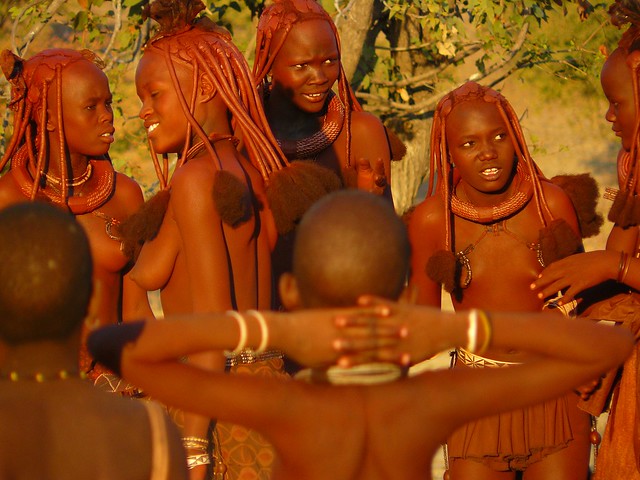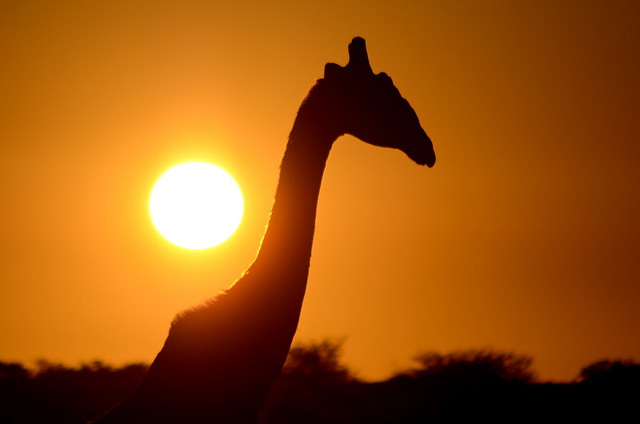Tripatini
the world's smartest travel social network
Welcome To Namibia: Rugged And Natural, Africa’s Best Kept Secret

At approximately 824,000 square kilometers, Namibia is immense even by African standards. But it’s what occupies this seemingly endless amount space that makes it special. Namibia is filled with rugged, beautiful landscapes of every kind creating an otherworldly environment from which an amazing wealth of wildlife has adapted and thrived. It’s perfect for nature lovers. For adventure or solace seekers. And for people looking to be inspired long after their departure.

Wildlife:
The ruggedness of the Namibian landscape has obviously done nothing to deter both flora and fauna from adapting and thriving here. The shear abundance and variety of wildlife of all sizes is staggering. From big game such as lion, elephant, giraffe, cheetah and rhino to a wealth of small game and even many endemic species like the black-faced impala – the quest to see it up close is easily the nation’s top tourist pursuit. One that is rarely unfulfilled thanks to conservation efforts and an amazing network of national parks and conservancies.

Culture:
Namibia is truly unique, influenced by various cultures during colonization, and now reborn from the shadows of Apartheid in 1990. What has emerged is a true sense of unity in diversity – the coming together of at least 11 major ethnic groups, each celebrating their past while working together toward the future. You’ll notice this in dress, language, art, music, sport, food and religion. There exists a wonderful collage, but first and foremost, Namibians are proud to be Namibian. And for good reason.

History:
The history of this land can be found carved into rock paintings found to the south and in Twyfelfontein, some dating back to 26,000 B.C. A long lineage of various groups including San Bushmen, Bantu herdsmen and finally the Himba, Herero and Nama tribes among others – have been making this rugged land home for thousands of years.
But, as Namibia has one of the world’s most barren and inhospitable coastlines, it wasn’t until the middle of the nineteenth century that explorers, ivory hunters, prospectors and missionaries began to journey into its interior. Beyond these visitors, Namibia was largely spared the attentions of European powers until the end of the 19th century when it was colonized by Germany.
The colonization period was marred by many conflicts and rebellions by the pre-colonial Namibia population until WWI when it abruptly ended upon Germany’s surrender to the South African expeditionary army. In effect, this transition only traded one colonial experience for another.
In 1966 the South West Africa People’s Organisation (SWAPO) launched the war for liberation for the area soon-named Namibia. The struggle for independence intensified and continued until South Africa agreed in 1988 to end its Apartheid administration. After democratic elections were held in 1989, Namibia became an independent state on March 21, 1990.
To date, Namibia boasts a proud record of uninterrupted peace and stability for all to enjoy.
.jpg)
Geography:
Part of the allure of Namibia is that it’s four countries in one. Four different landscapes, each with its own characteristics and attractions. The most definitive is the Namib, a long coastal desert that runs the length of the country and is highlighted with migrating dune belts, dry riverbeds and canyons. The central plateau is home the majority of Namibia towns and villages and is divided between rugged mountain ranges and sand-filled valleys. Next is the vast KalahariDesert with its ancient red sand and sparse vegetation. Finally, Kavango and Caprivi, blessed with generous amounts of rain and typified by tropical forests, perennial rivers and woodland savannahs.

Climate:
This is Africa and the climate reflects it. But just as Namibia is filled with contrasting geography, equivalent climactic differences do apply depending on your location.
Partially covered by the Namib, one of the world’s driest deserts, Namibia’s climate is generally very dry and pleasant. The cold Benguela current keeps the coast cool, damp and free of rain for most of the year. Inland, all the rain falls in summer (November to April). January and February are hot, when daytime temperatures in the interior can exceed 40ºC (104ºF), but nights are usually cool. Winter nights can be fairly cold, but days are generally warm and quite nice.
The bottom line: Namibia is a year-round destination. Just pack accordingly.
Fast Facts:
Namibia covers 824,292 sq km (318,259 sq mi).
Location:
Situated on the southwestern coast of Africa, Namibia borders Angola and Zambia in the north, South Africa in the south and Botswana in the east.
Population:
Slightly more than 2.2 million.
Capital City:
Windhoek
Learn More About This Amazing Nation At:
Source: http://www.namibiatourism.com.na
http://trip.worldtravellist.com/welcome-to-namibia-rugged-and-natur...
Videos
Groups
-
India
173 members
-
Tour Operators
873 members
-
Ireland
93 members
-
South Dakota
17 members
-
Azerbaijan
17 members
-
Shopping the World
55 members
-
Tech for Travel/Hospital…
87 members
-
Andorra
26 members
-
Online Corner
75 members
-
Minnesota
22 members
-
Backpackers & Hostels
84 members
-
Portugal
60 members
-
Turks and Caicos
26 members
-
Agritourism/Farmstays
72 members
-
Zambia
21 members
© 2024 Created by EnLinea Media.
Powered by
![]()
Badges | Report an Issue | Privacy Policy | Terms of Service
You need to be a member of Tripatini to add comments!
Join Tripatini